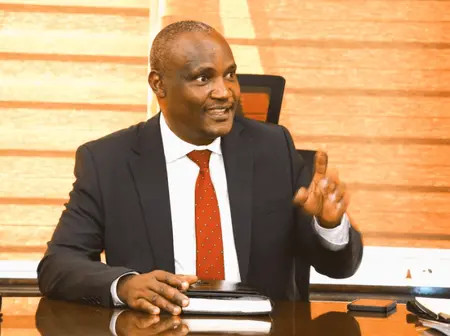Kenya faces a challenging fiscal outlook for the 2025/26 financial year, with global credit rating agency Fitch projecting a budget deficit of 5.2 per cent of Gross Domestic Product (GDP).
This figure is significantly above the government’s target, reflecting ongoing pressures on the country’s finances.
In its latest report, Fitch attributed the expected deficit to high debt servicing costs, weak governance, and low revenue collection.
The agency notes that the projected deficit is well above the ‘B’ median of 3.6 per cent, raising concerns over fiscal sustainability.
While Fitch affirmed Kenya’s long-term creditworthiness at ‘B-‘ with a Stable Outlook in late July, it warned that these fiscal challenges could constrain economic growth.
Revenue collection remains a critical challenge. The Kenya Revenue Authority (KRA) missed its collection target for the fiscal year ending June 30, 2025, by Ksh 48 billion, hurt by a tough economy.
Fitch maintained a conservative revenue outlook for Kenya, projecting total revenue to increase slightly to 17.2 per cent of GDP in FY26, remaining below the government’s target of 17.5 per cent and the ‘B-‘ rated peers’ median of 17.7 per cent.
“The new law does not introduce new taxes or raise headline tax rates, given strong public opposition and concerns over renewed violent social unrest,” Fitch notes.
“Instead, it focuses on measures to strengthen tax administration, including digitisation initiatives, and reduce tax expenditures, which accounted for 3.4 per cent of GDP in 2023. However, we expect progress to be limited, due to high implementation risk and persistent revenue leakages.”
Debt servicing costs are projected to rise due to higher domestic issuance, with the interest/revenue ratio increasing to 33 per cent in FY26 and FY27, from 31 per cent in FY24, well above the ‘B’ median forecast of 15 per cent. However, Fitch estimates that government debt/GDP will drop to 66 per cent in FY25, from 71 per cent in FY23, mainly linked to a stronger shilling.
Kenya’s fiscal strategy includes measures to strengthen tax administration and improve compliance, but Fitch expects implementation challenges to persist.
While the National Treasury projects a modest reduction in the budget deficit for FY26, Fitch’s forecast highlights ongoing fiscal challenges.
The outcome will depend on the government’s ability to boost revenue collection, control expenditure, and manage debt servicing costs effectively.

Leave a Reply